Beans are a versatile and nutritious legume that can be grown in a variety of climates and conditions. Here’s a detailed guide to planting beans effectively:
Choose the Right Bean Variety: Beans come in many varieties, and the type you select will depend on your local climate and space available for growing. Common types include:
Bush Beans: These grow in compact bushes and do not need support, making them ideal for small spaces.
Pole Beans: These are climbing plants that require vertical support like trellises, fences, or poles.
Lima Beans: These can be either bush or pole beans and are often grown for their large, starchy seeds.
Soybeans, Kidney Beans, Black Beans, and others: All have specific growing requirements and should be chosen according to local conditions and culinary preferences.
Select an Appropriate Planting Site: Beans require well-drained, fertile soil with a neutral to slightly alkaline pH (around 6.0 to 7.5). Choose a site that receives full sunlight for at least 6 hours a day. Beans thrive in soil that has been enriched with organic matter, which helps to retain moisture and improve soil texture.
Prepare the Soil: Before planting, ensure the soil is loose and free of large clumps. Use a garden fork or tiller to break up the soil, mixing in compost or well-rotted manure to improve soil fertility. Beans are nitrogen-fixers, meaning they can improve soil quality over time, but they still benefit from good organic matter in the soil.
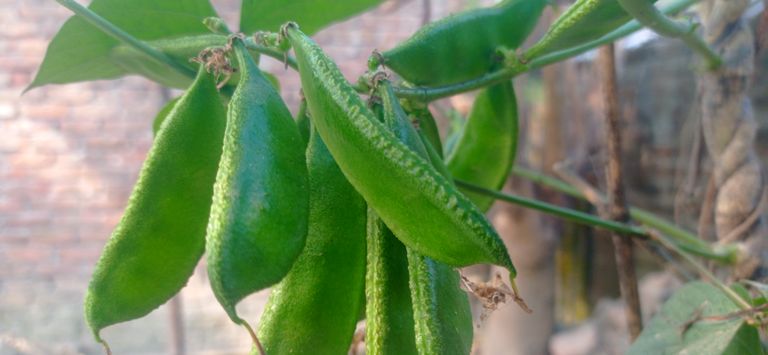
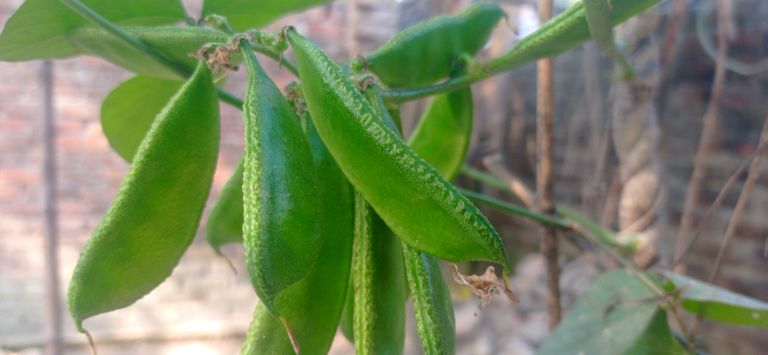
Planting Beans: Beans should be planted once the soil temperature reaches about 60°F (15°C), typically after the last frost in the spring. The planting depth and spacing depend on the type of bean:
For bush beans, plant seeds about 1 to 1.5 inches deep and space them 2 to 4 inches apart.
For pole beans, plant seeds about 1 to 2 inches deep and space them 4 to 6 inches apart, ensuring you provide a strong trellis or pole for the vines to climb.
Watering: Beans require regular watering, especially in the early stages of growth. However, they do not tolerate waterlogging, so ensure the soil is well-drained. Water the plants deeply, about once a week, or more frequently during dry spells, but avoid overhead watering to prevent the spread of diseases. Water the base of the plant instead to keep the leaves dry.
Provide Support for Pole Beans: Pole beans need a vertical structure to climb, such as trellises, fences, or poles. These structures should be installed before planting to avoid disturbing the roots later on. As the plants grow, tie the vines gently to the support using soft twine or plant ties.
Weeding and Mulching: Keep the area around the beans free from weeds, which compete for nutrients and water. Mulching with straw, grass clippings, or shredded leaves helps retain moisture and reduces weed growth. Be careful not to bury the base of the plant with mulch.
Pest and Disease Management: Beans are susceptible to pests like aphids, bean beetles, and spider mites. Use organic pest control methods such as neem oil or insecticidal soap to treat infestations. Beans can also be affected by fungal diseases like rust and powdery mildew. To prevent disease, avoid working with wet plants and ensure good air circulation by spacing plants properly.
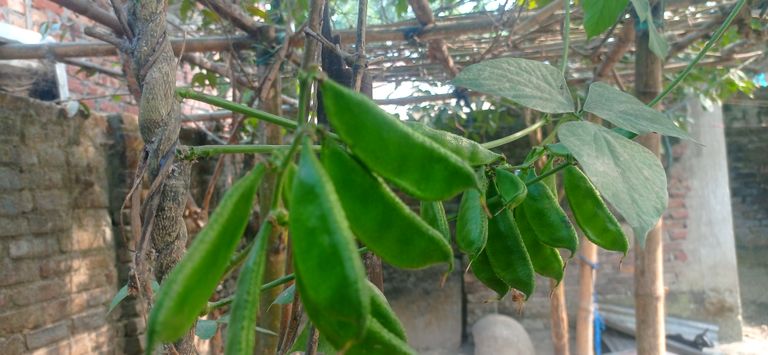
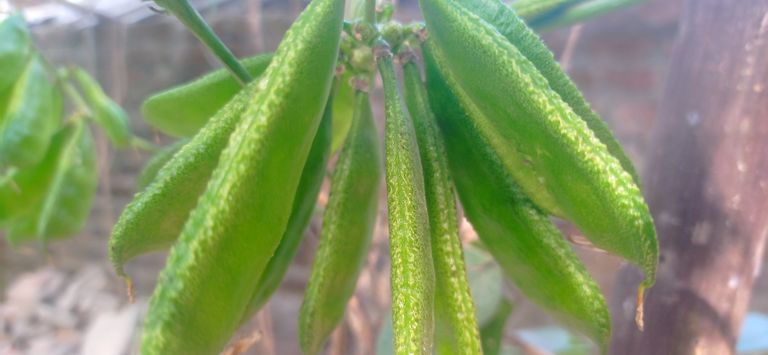
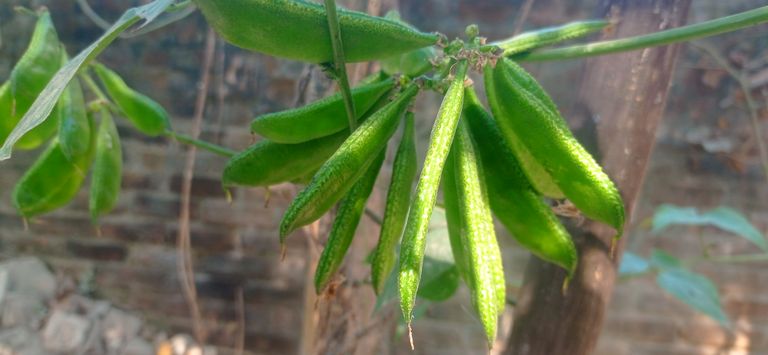
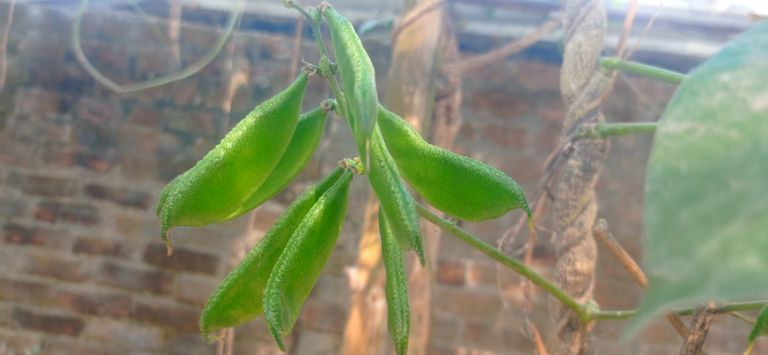
Thinning and Pruning: Once the seedlings emerge, thin them to ensure proper spacing, especially for bush varieties. Thinning helps avoid overcrowding and allows for better air circulation. For pole beans, prune back any excessive growth to allow light and airflow to reach the lower leaves and beans.
Harvesting: Beans can be harvested at different stages:
Green beans: These are harvested when the pods are still tender, but before they mature completely. Snap them off the plant by hand.
Dried beans: If you’re growing beans for drying, wait until the pods are fully matured, dry, and the seeds inside are firm. Pull the plants up when the pods are crisp, and allow them to dry completely before shelling.
Benefits of Eating Beans
Eating beans offers a wide range of health benefits due to their rich nutritional content. Here are some of the key advantages of incorporating beans into your diet:
High in Protein: Beans are an excellent source of plant-based protein, making them a vital part of vegetarian and vegan diets. Protein is essential for muscle repair, immune function, and overall growth. Beans like lentils, chickpeas, and kidney beans contain significant amounts of protein, making them a healthy alternative to meat.
Rich in Dietary Fiber: Beans are one of the best sources of dietary fiber, which promotes healthy digestion. Fiber helps to prevent constipation, regulate bowel movements, and maintain a healthy gut microbiome. Additionally, fiber contributes to satiety, helping to control appetite and reduce the risk of overeating.
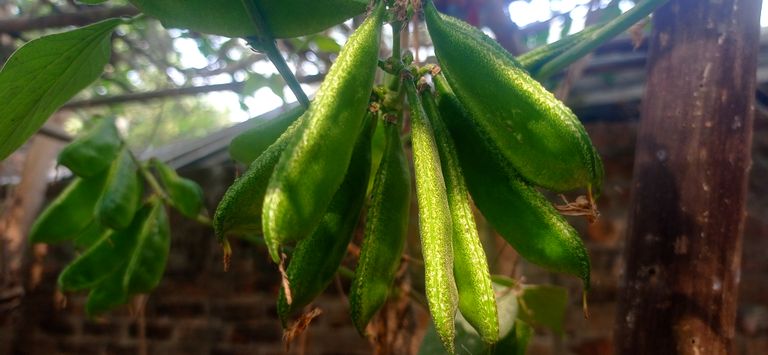

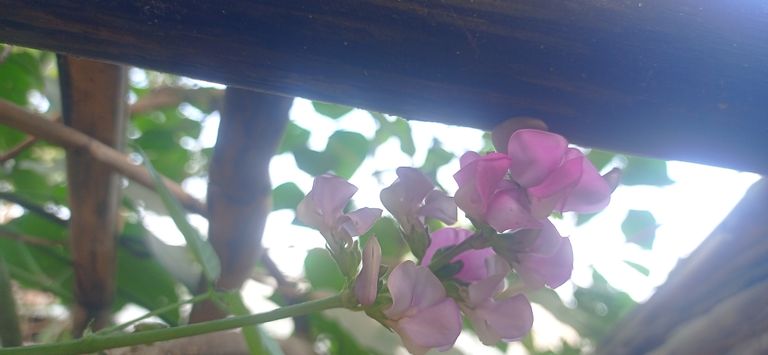
Nutrient-Dense: Beans are rich in essential vitamins and minerals, including iron, folate, potassium, magnesium, and B vitamins. Iron is crucial for the production of hemoglobin, and folate is important for cell growth and the prevention of birth defects. Potassium helps regulate blood pressure, while magnesium supports nerve and muscle function.
Supports Heart Health: Beans have been shown to lower LDL (bad) cholesterol levels due to their high fiber content. Fiber binds to cholesterol and helps remove it from the body, reducing the risk of heart disease. Additionally, beans contain antioxidants like flavonoids that further protect against cardiovascular diseases.
Helps Control Blood Sugar: Beans have a low glycemic index, meaning they cause a slow rise in blood sugar levels. This makes them an excellent food choice for people with diabetes or those looking to maintain stable energy levels throughout the day. The fiber in beans also helps to slow the absorption of sugar into the bloodstream.

Weight Management: Because beans are high in fiber and protein, they promote feelings of fullness and satiety. This can help reduce overall calorie intake and support weight management or weight loss. Beans are also low in fat, making them a great addition to a healthy weight loss diet.
Anti-Inflammatory Properties: The antioxidants found in beans, such as polyphenols, help reduce inflammation in the body. Chronic inflammation is linked to a variety of diseases, including arthritis, heart disease, and cancer. Regular consumption of beans may help combat this.
Gut Health: The fiber and prebiotics in beans contribute to a healthy gut by nourishing beneficial bacteria. A healthy gut microbiome is linked to better digestion, improved immune function, and even improved mood.
Cancer Prevention: Beans contain antioxidants, fiber, and other phytochemicals that have been linked to a reduced risk of certain types of cancer, particularly colorectal cancer. The fiber in beans helps to eliminate potential carcinogens from the digestive tract, while antioxidants combat oxidative stress.
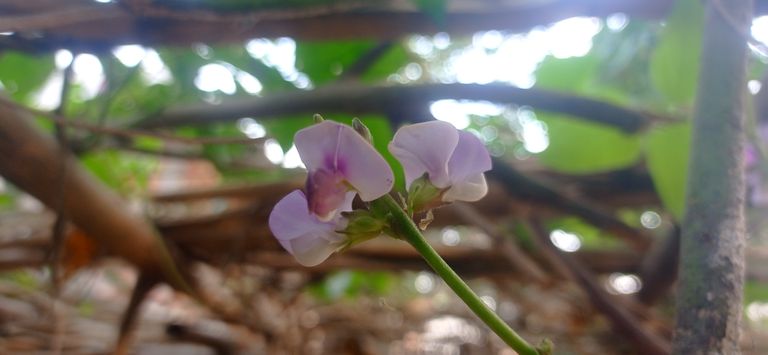
Affordable and Sustainable: Beans are an inexpensive and sustainable food source. They require fewer resources to grow compared to animal proteins, making them a more environmentally friendly option. Additionally, beans are easy to store and have a long shelf life, making them a convenient pantry staple.
In conclusion, planting beans is an easy and rewarding gardening activity that can yield a nutritious, sustainable food source. Beans offer a wealth of health benefits, making them an important food in any balanced diet.